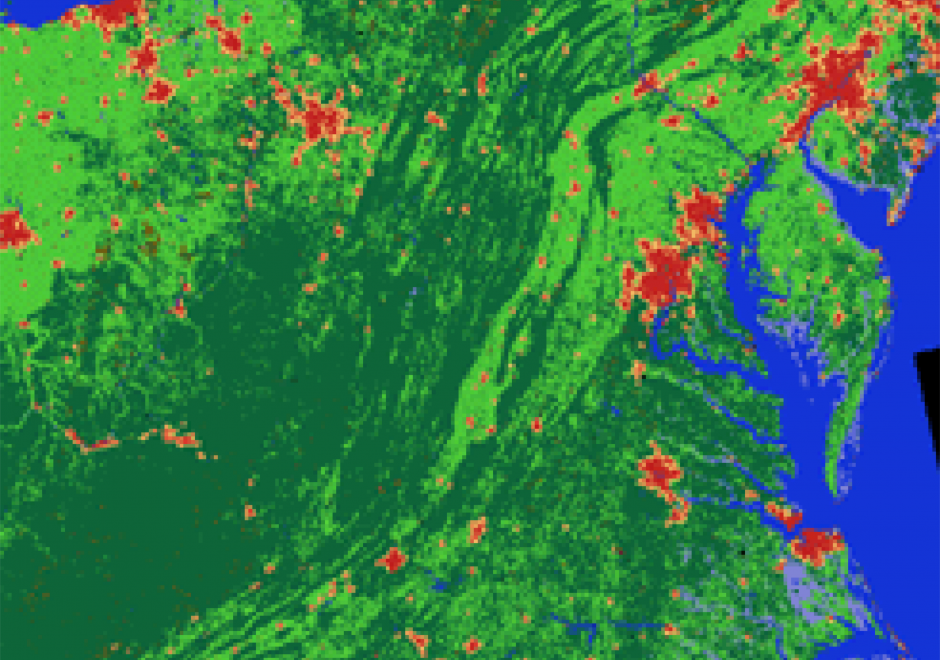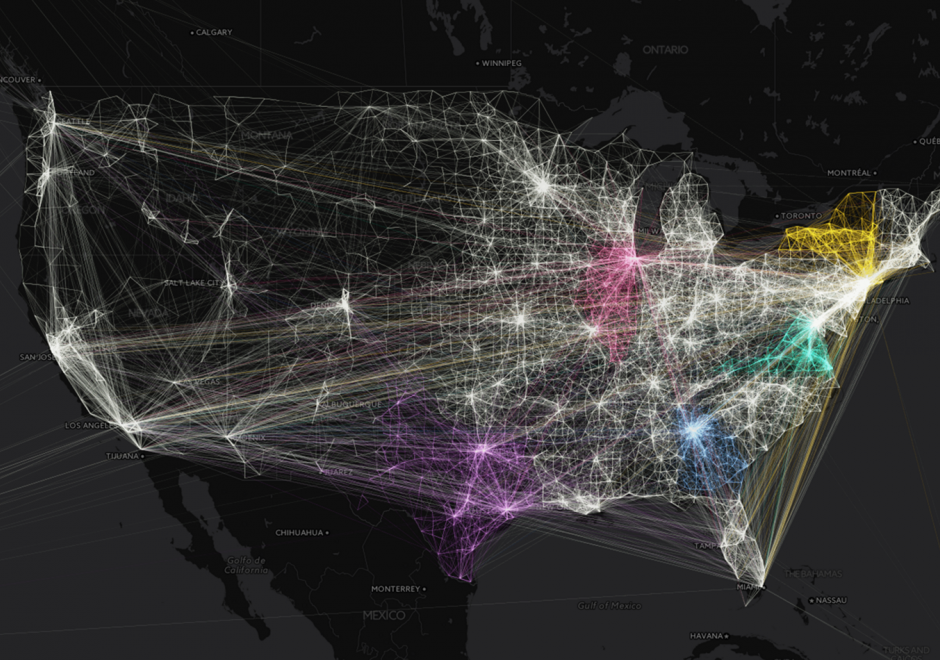AM-69 - Cellular Automata

Cellular automata (CA) are simple models that can simulate complex processes in both space and time. A CA consists of six defining components: a framework, cells, a neighborhood, rules, initial conditions, and an update sequence. CA models are simple, nominally deterministic yet capable of showing phase changes and emergence, map easily onto the data structures used in geographic information systems, and are easy to implement and understand. This has contributed to their popularity for applications such as measuring land use changes and monitoring disease spread, among many others.


DA-37 - GIS&T and Epidemiology
Location plays an important role in human health. Where we live, work, and spend our time is associated with different exposures, which may influence the risk of developing disease. GIS has been used to answer key research questions in epidemiology, which is the study of the distribution and determinants of disease. These research questions include describing and visualizing spatial patterns of disease and risk factors, exposure modeling of geographically varying environmental variables, and linking georeferenced information to conduct studies testing hypotheses regarding exposure-disease associations. GIS has been particularly instrumental in environmental epidemiology, which focuses on the physical, chemical, biological, social, and economic factors affecting health. Advances in personal exposure monitoring, exposome research, and artificial intelligence are revolutionizing the way GIS can be integrated with epidemiology to study how the environment may impact human health.